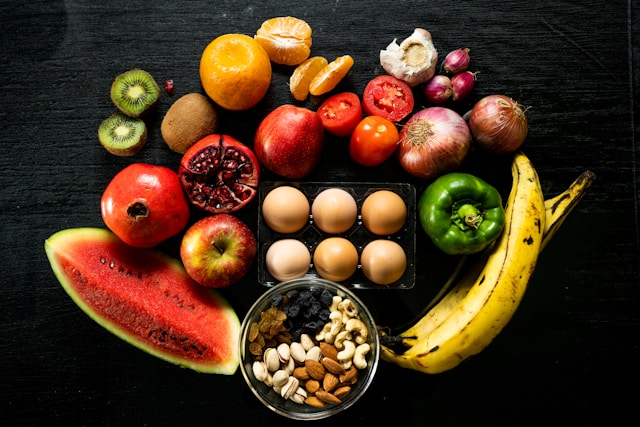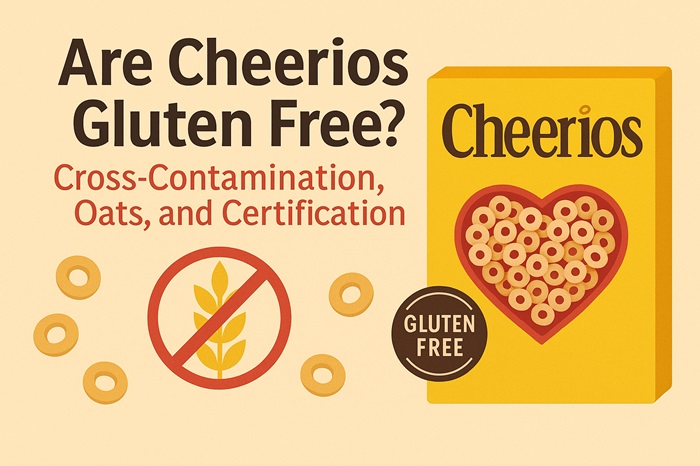You know that grocery store like the back of your hand — yet suddenly you’re standing there, confused. The chicken breast you’ve cooked a million times holds no appeal. Hunger pangs strike at odd hours. Food tastes muted, as if someone turned the flavor dial down. Even deciding what to cook feels harder than remembering where you put your reading glasses.
Bodies change throughout life, and so should the way we nourish them. Fighting against these changes only breeds frustration. It’s far wiser to adapt and explore new approaches. Small adjustments can make a big difference in how each day feels.
Decoding Your Body’s New Instructions
Think of your metabolism as an old pickup truck stuck in second gear. It still runs, but it’s slower than before. Around your 60th birthday you might notice that the hearty meals you once enjoyed now linger in your stomach for hours.
At the same time your digestive system changes. Stomach acid levels drop making it harder to extract nutrients like B12, calcium and iron. Your taste buds lose sensitivity — salt tastes like sand, sugar barely whispers, and even family-favorite recipes feel flat.
Another invisible shift happens with muscle mass. Starting in your 30s — and accelerating after 60 — age-related muscle loss (sarcopenia) makes everyday tasks like carrying groceries or climbing stairs more challenging. Ironically your muscles now need more protein to maintain strength, even as your body needs fewer total calories.
Medications can complicate things further. Blood pressure pills can dull your appetite, antibiotics can leave a metallic taste, and some over-the-counter pain relievers interfere with nutrient absorption. These effects are often temporary but can make meal planning tricky.
The challenge? Pack more nutrition into smaller portions while navigating reduced appetite, changing taste and a slower digestive system.
Make Every Bite Count
Imagine your dinner plate as premium parking in a crowded city — space is limited, so only the best should make it in.
Nutritional Priorities
- Protein – Aim for 25–30 grams per meal to help preserve muscle mass.
- Calcium – About 1,200 mg daily from dairy, leafy greens, or fortified foods.
- Vitamin B12 – 2.4 mcg daily from fortified cereals or supplements.
- Fiber – 21–30 grams daily to aid digestion.
- Potassium – Plenty from fruits, vegetables, and legumes for heart health.
Pro tip: Spread protein evenly across the day — Greek yogurt at breakfast, lentils in a salad for lunch, almonds for a snack, and salmon or lean beef for dinner.
Stay Hydrated, Even If You Don’t Feel Thirsty
Your body still needs 6–8 glasses of fluid daily, but thirst cues can fade with age. Include water-rich foods like melon or grapes, sip herbal teas, and count soups toward your fluid intake.
Boost Flavor Without Salt
When everything tastes bland, skip the salt shaker and get creative:
- Fresh ginger to wake up taste buds.
- Cinnamon for warmth without sodium.
- Herbs like parsley or mint for brightness.
- A squeeze of lime or lemon to make flavors pop.
- Serve hot broths or chilled berries to vary temperature and stimulate appetite.
Get Your Food Mojo Back
Appetite can disappear overnight — sometimes due to medication, lack of activity or disrupted routines. This is especially true in end of life nutrition where thoughtful eating can bring comfort and help you stay strong even when your appetite is low. Here’s how to get interested in eating again:
- Create a cozy atmosphere – Use your favorite dishes, play soft music and eat near natural light.
- Go for mini-meals – Five small meals might be easier than three big ones.
- Make it social – Eat with friends, join senior dining programs or cook with family.
- Try new cuisines – Vietnamese, Moroccan or Greek food might spark your interest.
- Adapt your favorites instead of eliminating them – Modify recipes to suit your current needs.
Community dining programs are great for those living alone — they provide nutrition and companionship which can boost appetite and mood.
Practical Kitchen Safety for Continued Independence
A few simple adjustments can keep cooking safe and enjoyable:
- Improve lighting to prevent accidents.
- Store frequently used items between waist and shoulder height.
- Install a grab bar near the stove for stability.
These small changes are inexpensive yet can extend your years of confident cooking.
Healthy Eating on a Budget
Eating well doesn’t have to mean expensive shopping trips.
- Canned tuna or salmon – Affordable, protein-rich, and high in omega-3s.
- Frozen vegetables – Often more nutrient-dense than fresh produce shipped long distances.
- Bulk cooking – Make larger portions and freeze extras to save time and money.
Nutrition and Health Conditions
Managing chronic conditions like diabetes, heart disease, or kidney disease requires dietary changes — but those adjustments don’t have to remove all enjoyment from food. A doctor or registered dietitian can tailor advice to your exact needs. Often, restrictions are less strict than expected, making it possible to enjoy favorite dishes in moderation.
Final Takeaway
Your body’s needs will continue to evolve, but that doesn’t mean you have to sacrifice the joy of eating. By listening to your body, prioritizing nutrient-rich foods, adapting cooking methods, and staying socially engaged, you can maintain both health and pleasure at the table.
Nutrition at any stage of life — especially in later years — is about finding the balance between what your body needs and what brings you comfort. A few mindful adjustments can turn every meal into an opportunity for nourishment and enjoyment.





